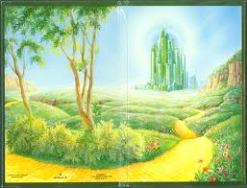A.A. Milne’s Winnie-the-Pooh has definitely been largely incorporated into popular culture. From television shows, films, video games, plays, and of course, the Disney adaption, millions of people around the world love Winnie and his friends of Hundred Acre Wood. Milne’s story has been translated into many languages. In fact, the Latin translation, Winnie ille Pu, became the only Latin book to have ever been placed on the New York Times Best Seller List. The work remains a very important piece of children’s literature, and Pooh really is an iconic, fictional character loved by both little kids and adults internationally.
What undoubtedly plays a huge role in the popularity and success of Winnie-the-Pooh today is Walt Disney’s adaptation to the book. Disney gained rights to Milne’s story in 1961. Disney originally produced a series of cartoon based from the Milne’s Pooh chronicles. Disney used illustrations from Stephen Slesinger, and these animations are now characterized as the “Classic Pooh.” In addition to these cartoons, Disney released multiple films and introduced the new character of Gopher. Disney has also produced multiple animated series and even aired a TV puppet show. Another movie, Winnie the Pooh, was released as recently as 2011. There are as many as eight films based on Milne’s book, and stars in five television series. Clearly, this story and Disney’s adaptations have remained a very prominent part of today’s popular culture.
In my opinion, my most significant encounters of Winnie-the-Pooh come from Disneyworld itself. As a young girl, I remember visiting Magic Kingdom and just adoring this loveable bear. Apparently I am not alone as Pooh is the second most requested Disney character next to Mickey Mouse. He has his own park ride dedicated to him in Magic Kingdom. In 2006, Pooh even received his own star on the Hollywood Walk of Fame. It very evident that Disney’s adaption of Milne’s original story has greatly influenced the presence and love of Winnie-the-Pooh in today’s society. Here is the link to the Disney website devoted to Pooh.














